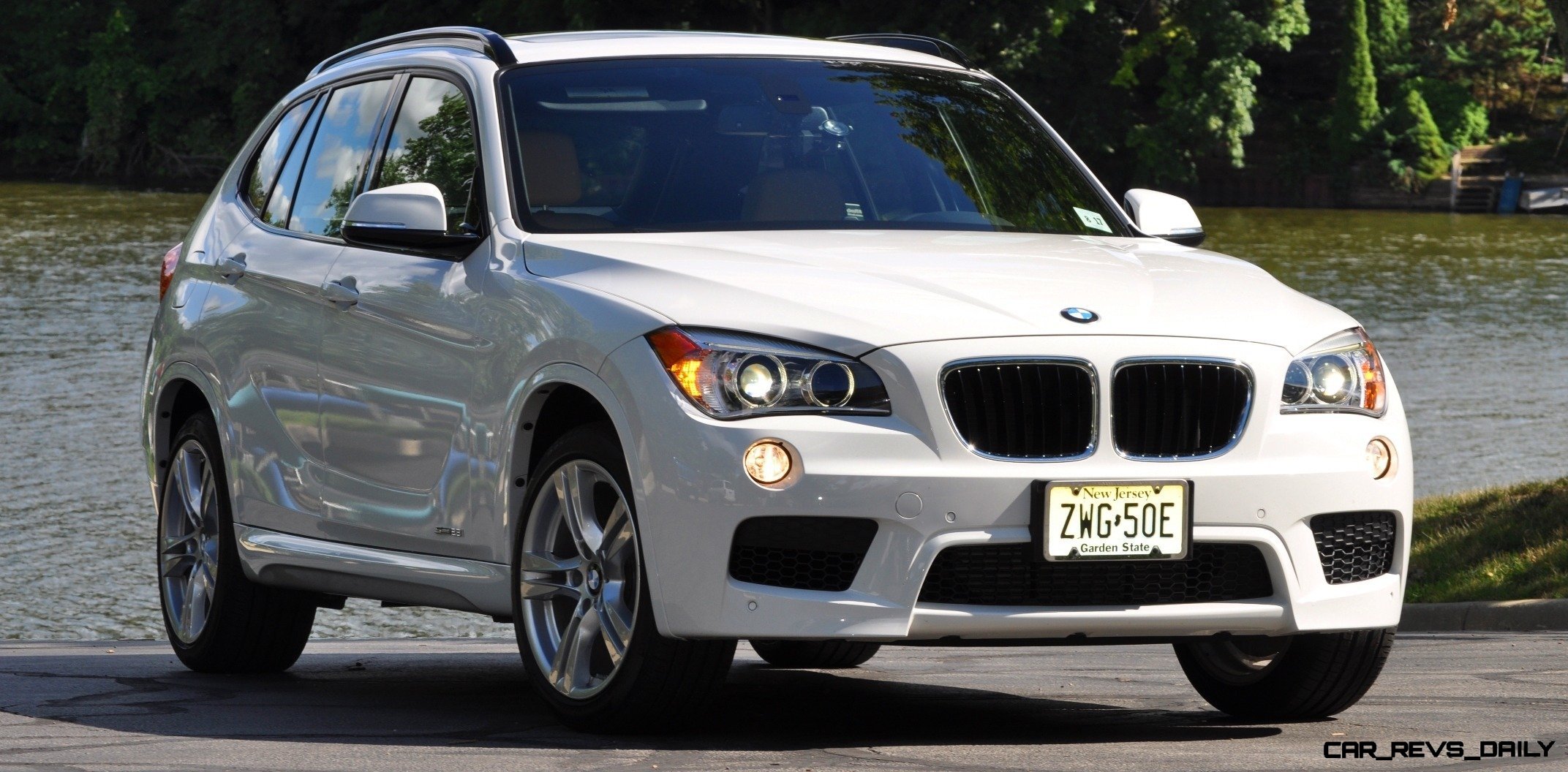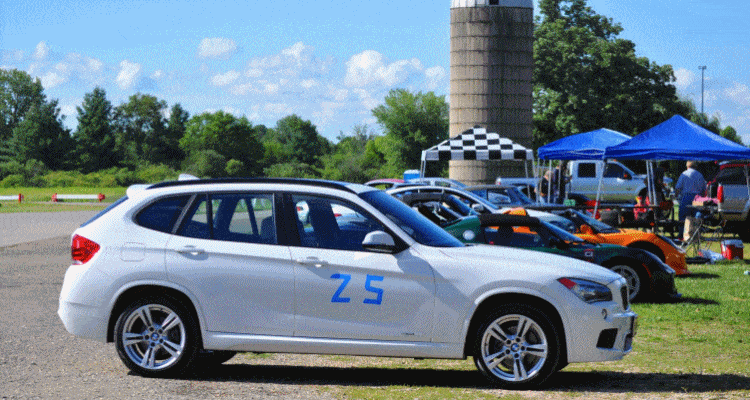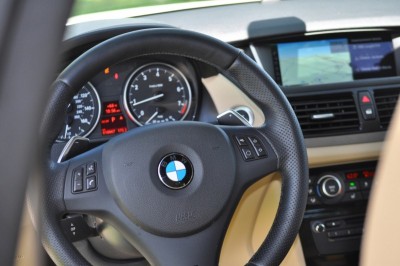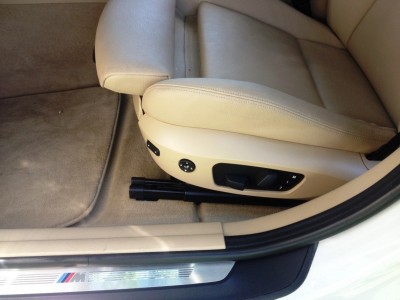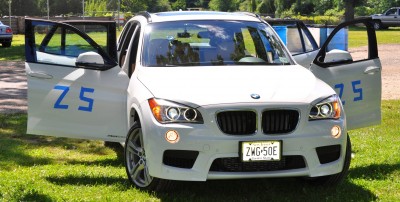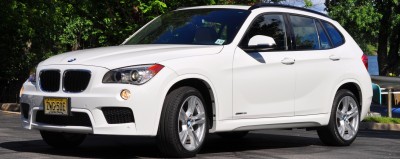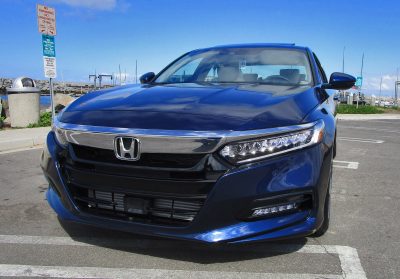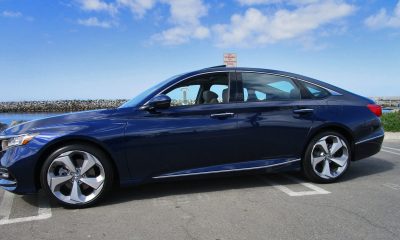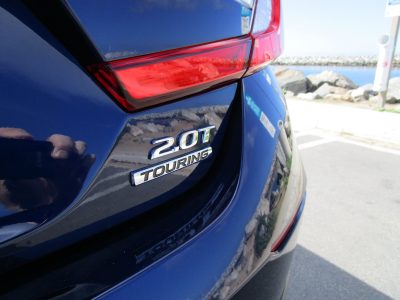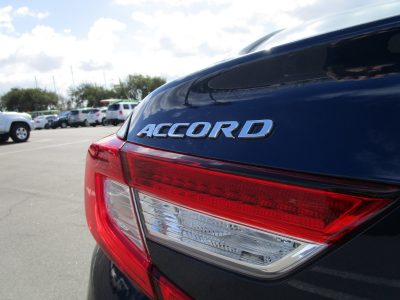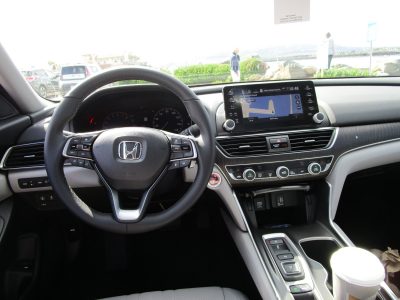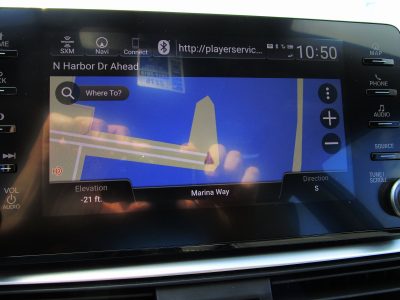This is an age-old question.
Should you buy a new or used car?
Everyone seems to have a different answer and different reasons why. There really is no single right answer because it all depends on your current lifestyle and living situation. Different financial obligations, abilities, hobbies, and plans will determine whether a new or used car makes sense for you.
In order to figure out which is best, let’s consider the upfront cost of the car, the gas mileage, the insurance cost, and the cost of repairs. It’s important to crunch the numbers before making any decisions.
Determine What Car Fits Your Lifestyle and Budget
First figure out your desired make and model. Consider things like activities you like to do, your driving habits, how big your family is, and your highest possible budget. Find two upfront price points for that car new and used and then save those numbers.
A new car will obviously cost you more upfront and it will also lose its value the fastest. Driving it off the lot will cost you 10% of the price instantly. That new car will also continue to depreciate, and on average will lose 60% of its value in the first 5 years of use, so that’s something big to consider.
Dealerships will list prices for new and used vehicles right on their website, like this page for a used Audi in Las Vegas. A good tactic is to decide if you’re planning on driving the car into the ground or if you want to be able to resell it. If a large upfront cost and high depreciation rate is too daunting for your budget, you’ve found your answer. Buy a used car. Still not sure? Let’s look at how you’ll finance the car.
Look at Interest Rates on Car Payments
A new car will often have a lower interest rate. But don’t let that alone make up your mind. Use a loan calculator online to find out the total individual interest costs of the new and used versions of the car you want. Add the additional interest to your upfront cost. More often than not, the higher interest rate for the used car won’t significantly raise your cost since the starting price will be much lower. But it’s always important to do the math. Depending on what kind of car you want, the price points and rates will differ.
Consider Your Commute
Now you should look at your gas mileage and usage. How many miles do you drive in a year? Do you have a long work commute? Or do you carpool? An older car will most likely get fewer miles to the gallon. Calculate your total gas cost for the new and used car by dividing how many miles you drive in a year by the miles per gallon for each car, and then multiply it by the average cost of gas in your area. What’s the result? Is it a huge difference?
Multiply this number by how long you want to keep the car to find the lifetime cost of gas. Now add these numbers to your totals for both the new and used cars.
Don’t Forget About Insurance Rates
It’s critical that you don’t forget about insurance rates. Depending on your driving history, what state you live in, and many other factors, this cost can differ greatly.
However, the replacement cost of the car you choose is the most telling. More expensive luxury cars will cost more to insure, which is important to consider for those deciding between a new practical car and a used luxury car. You might be able to find comparable upfront prices, which are very attractive at first glance.
But the long term cost is the key to consider here. How will you sustain an increased rate? Do you plan on receiving an increased monthly income in the coming months? Do the math and add these averages to your list of total costs.
Think About all Factors Before Deciding
A used car has downsides too, like increased repairs and no warranty, which is important to consider in your decision.
This factor is the most unpredictable and can have a huge impact on your budget. Do research online to find the reliability of your chosen make and model and its average service costs. It’s not an exact science, but it can help tip the scales one way or another. If you’re upgrading to a luxury car, make sure to account in your budget for a major price increase. Parts and servicing for a BMW will cost significantly more than a Honda.
Add your findings to the numbers you’ve been crunching to come up with an average lifetime total cost for both the new and used cars – and you should see a clear winner emerge.
Crunching the numbers will clearly lay out the lifetime costs of each car so you can decide whether a new and used vehicle is right for you.
So, what will you choose?
Featuring the 2014 BMW X1 and the 2018 Honda Accord

CRD Auto Industry Insider may contain helpful and on-topic partner content that auto enthusiasts and car shoppers find valuable.

